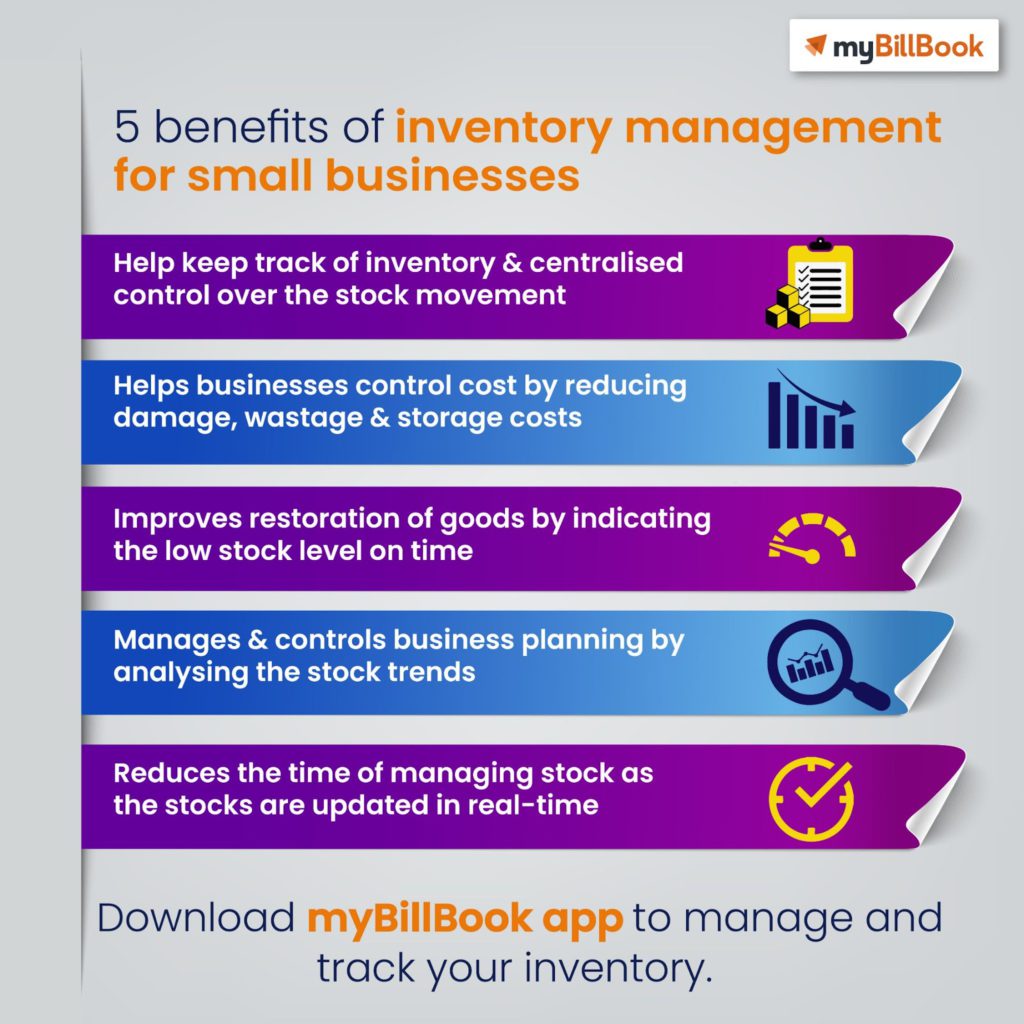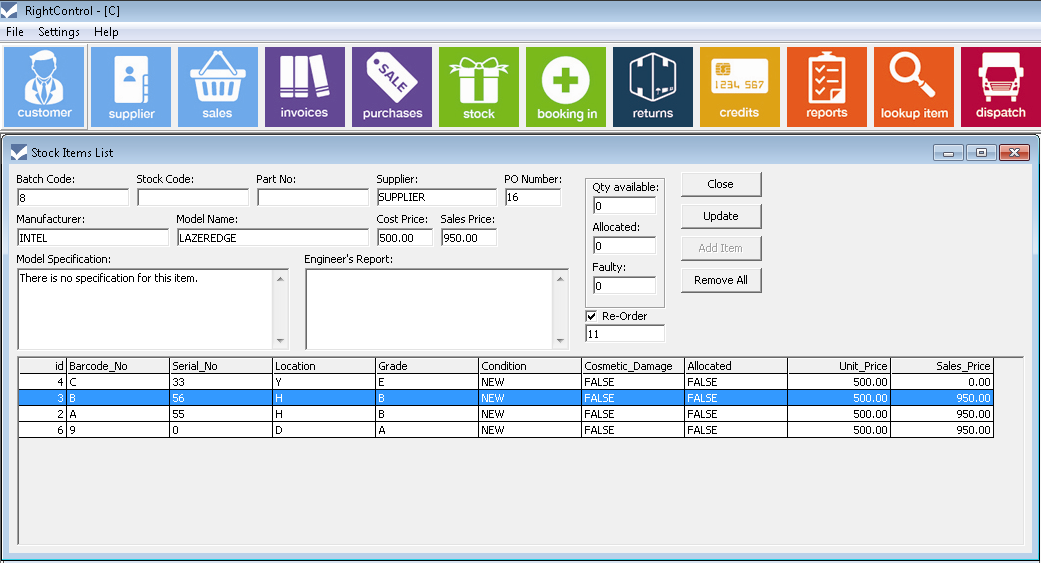Inventory systems for businesses are the backbone of effective inventory management, empowering businesses to streamline operations, optimize stock levels, and maximize profitability. With the advent of advanced technologies, inventory systems have become indispensable tools for businesses of all sizes, enabling them to gain real-time visibility into their inventory, make informed decisions, and stay competitive in the modern marketplace.
From perpetual inventory systems that provide continuous updates on stock levels to hybrid systems that combine the benefits of both perpetual and periodic systems, there is an inventory system tailored to meet the unique needs of every business. Key features such as item tracking, stock level management, order management, and reporting and analytics provide businesses with the insights they need to make informed decisions, reduce waste, and improve customer satisfaction.
Inventory Management Overview
Inventory management systems are software applications that help businesses track and manage their inventory. They can be used to track inventory levels, orders, shipments, and returns. Inventory management systems can help businesses improve their efficiency and profitability by reducing costs, improving customer service, and increasing sales.
There are many benefits to using an inventory management system. Some of the most common benefits include:
- Reduced costs: Inventory management systems can help businesses reduce costs by optimizing inventory levels and reducing waste.
- Improved customer service: Inventory management systems can help businesses improve customer service by ensuring that they always have the products that their customers want in stock.
- Increased sales: Inventory management systems can help businesses increase sales by making it easier for them to track and manage their inventory.
However, there are also some challenges associated with inventory management. Some of the most common challenges include:
- Data accuracy: Inventory management systems rely on accurate data in order to be effective. If the data is not accurate, the system will not be able to provide accurate information about inventory levels.
- Complexity: Inventory management systems can be complex, and it can take time and effort to learn how to use them effectively.
- Cost: Inventory management systems can be expensive, especially for small businesses.
Despite these challenges, inventory management systems can be a valuable tool for businesses of all sizes. By carefully considering the benefits and challenges of inventory management systems, businesses can make an informed decision about whether or not to implement one.
Types of Inventory Systems

Inventory systems are classified into three main types based on how inventory records are maintained and updated: perpetual, periodic, and hybrid systems. Each type has its own advantages and disadvantages, and the best choice for a particular business depends on its specific needs and resources.
-
Perpetual Inventory Systems
Perpetual inventory systems maintain a continuous record of inventory levels. This is done by tracking every transaction that affects inventory, such as purchases, sales, and returns. As a result, perpetual inventory systems provide real-time information about inventory levels. This information can be used to make informed decisions about inventory management, such as when to reorder inventory or how much inventory to keep on hand.
-
Periodic Inventory Systems
Periodic inventory systems do not maintain a continuous record of inventory levels. Instead, they only update inventory records at specific intervals, such as monthly or quarterly. As a result, periodic inventory systems do not provide real-time information about inventory levels. However, periodic inventory systems are less expensive and time-consuming to maintain than perpetual inventory systems.
-
Hybrid Inventory Systems
Hybrid inventory systems combine features of both perpetual and periodic inventory systems. For example, a hybrid inventory system might maintain a perpetual inventory record for high-value items and a periodic inventory record for low-value items. This allows businesses to get the benefits of both types of inventory systems without having to pay the full cost of a perpetual inventory system.
Key Features of Inventory Systems
Inventory systems are essential for businesses to manage their stock effectively. They provide a range of features that help businesses track items, manage stock levels, process orders, and generate reports.
Item Tracking
Item tracking is a key feature of inventory systems. It allows businesses to keep track of the quantity of each item in stock, as well as its location and status. This information is essential for businesses to ensure that they have enough stock to meet customer demand and avoid overstocking.
Stock Level Management, Inventory systems for businesses
Stock level management is another important feature of inventory systems. It helps businesses to set and maintain optimal stock levels for each item. This can help businesses to reduce the risk of stockouts and overstocking, which can both lead to lost sales and increased costs.
Order Management
Order management is a key feature of inventory systems that helps businesses to process orders efficiently. It allows businesses to track the status of orders, from the point of order placement to delivery. This information can help businesses to identify and resolve any issues with orders quickly and efficiently.
Reporting and Analytics
Reporting and analytics are essential features of inventory systems. They allow businesses to generate reports on their inventory data, which can help them to identify trends, improve decision-making, and reduce costs.
Benefits of Inventory Systems

Inventory systems offer numerous advantages to businesses, including improved inventory accuracy, reduced stockouts, increased sales, and enhanced customer satisfaction.
By providing real-time visibility into inventory levels, these systems help businesses maintain optimal stock levels, minimize waste, and respond quickly to changes in demand.
Improved Inventory Accuracy
- Accurate inventory records eliminate discrepancies between physical inventory and system data.
- Prevents overstocking or understocking, ensuring optimal inventory levels.
- Improves inventory planning and forecasting, reducing the risk of stockouts.
Reduced Stockouts
- Inventory systems track inventory levels and provide alerts when stock is running low.
- Enables businesses to anticipate demand and replenish stock before it runs out.
- Minimizes lost sales and customer dissatisfaction due to stockouts.
Increased Sales
- Accurate inventory data helps businesses identify popular products and optimize inventory levels accordingly.
- Prevents lost sales due to stockouts, ensuring customers can purchase the products they need.
- Improves customer loyalty and repeat business.
Improved Customer Satisfaction
- Accurate inventory information ensures that customers receive their orders on time and in full.
- Reduces the likelihood of order cancellations or delays due to stockouts.
- Enhances customer trust and satisfaction, leading to repeat business.
Challenges of Inventory Systems
Inventory systems, while providing numerous benefits, also face certain challenges that can impact their effectiveness and efficiency.
These challenges include:
Data Accuracy
Maintaining accurate inventory data is crucial for effective inventory management. However, various factors can contribute to data inaccuracies, such as human errors during data entry, discrepancies between physical inventory and system records, and theft or loss of inventory.
System Complexity
As businesses grow and their inventory operations become more complex, the inventory systems they use may also become more complex. This can lead to challenges in managing and maintaining the system, as well as in training staff to use it effectively.
Integration with Other Systems
Inventory systems often need to be integrated with other business systems, such as accounting, sales, and shipping. However, this integration can be challenging to implement and maintain, and it can also lead to data inconsistencies and other problems if not done properly.
Implementing an Inventory System
Implementing an inventory system can streamline your business operations and improve efficiency. Here’s a step-by-step guide to help you get started:
Plan the implementation
Before you begin, it’s important to plan the implementation of your inventory system. This includes defining your goals, identifying the stakeholders involved, and developing a timeline for the project. It’s also important to choose the right inventory system for your business. There are many different systems available, so it’s important to compare the features and pricing of each system before making a decision.
Train your staff
Once you have chosen an inventory system, it’s important to train your staff on how to use it. This will ensure that everyone is using the system correctly and that the data is accurate. Training should include both classroom instruction and hands-on experience.
Monitor the system and make adjustments
Once your inventory system is up and running, it’s important to monitor it regularly and make adjustments as needed. This will ensure that the system is meeting your needs and that the data is accurate. You should also review your inventory levels regularly and make adjustments to your ordering process as needed.
Best Practices for Inventory Management
Effective inventory management is crucial for businesses to optimize stock levels, minimize costs, and enhance customer satisfaction. By implementing best practices, businesses can streamline their inventory processes and gain a competitive edge.
Use Real-time Data
Real-time data provides accurate and up-to-date information on inventory levels, allowing businesses to make informed decisions. This data can be collected through inventory management systems, barcode scanners, and other technologies. By utilizing real-time data, businesses can avoid stockouts, prevent overstocking, and respond quickly to changes in demand.
Set Safety Stock Levels
Safety stock is the minimum inventory level that businesses maintain to buffer against unexpected fluctuations in demand or supply chain disruptions. Setting appropriate safety stock levels helps businesses avoid stockouts and ensures uninterrupted operations. Factors to consider when determining safety stock levels include historical demand data, lead times, and supplier reliability.
Use Inventory Forecasting
Inventory forecasting techniques help businesses predict future demand based on historical data, market trends, and other factors. By accurately forecasting demand, businesses can optimize inventory levels to meet customer needs while minimizing the risk of overstocking or stockouts. Various forecasting methods are available, such as moving averages, exponential smoothing, and regression analysis.
Conduct Regular Inventory Audits
Regular inventory audits are essential to ensure the accuracy and integrity of inventory records. Audits involve physically counting and verifying inventory levels against the system records. This process helps identify discrepancies, prevent shrinkage, and maintain optimal inventory levels. Regular audits also provide an opportunity to review inventory management practices and identify areas for improvement.
Closing Notes: Inventory Systems For Businesses

In conclusion, inventory systems for businesses are essential for optimizing inventory management, improving efficiency, and driving growth. By leveraging the power of technology, businesses can gain real-time visibility into their inventory, automate processes, and make informed decisions that lead to increased sales, reduced costs, and enhanced customer satisfaction. Embracing an inventory system is not merely an investment in technology but a strategic move towards operational excellence and long-term success.
Answers to Common Questions
What are the key benefits of using an inventory system for businesses?
Inventory systems provide numerous benefits, including improved inventory accuracy, reduced stockouts, increased sales, and enhanced customer satisfaction.
What are the different types of inventory systems available?
There are three main types of inventory systems: perpetual inventory systems, periodic inventory systems, and hybrid inventory systems. Each type offers unique advantages and is suited to different business needs.
How can businesses choose the right inventory system for their needs?
Businesses should consider their specific requirements, budget, and the features offered by different inventory systems. Seeking feedback from other businesses that have implemented similar systems can also be valuable.